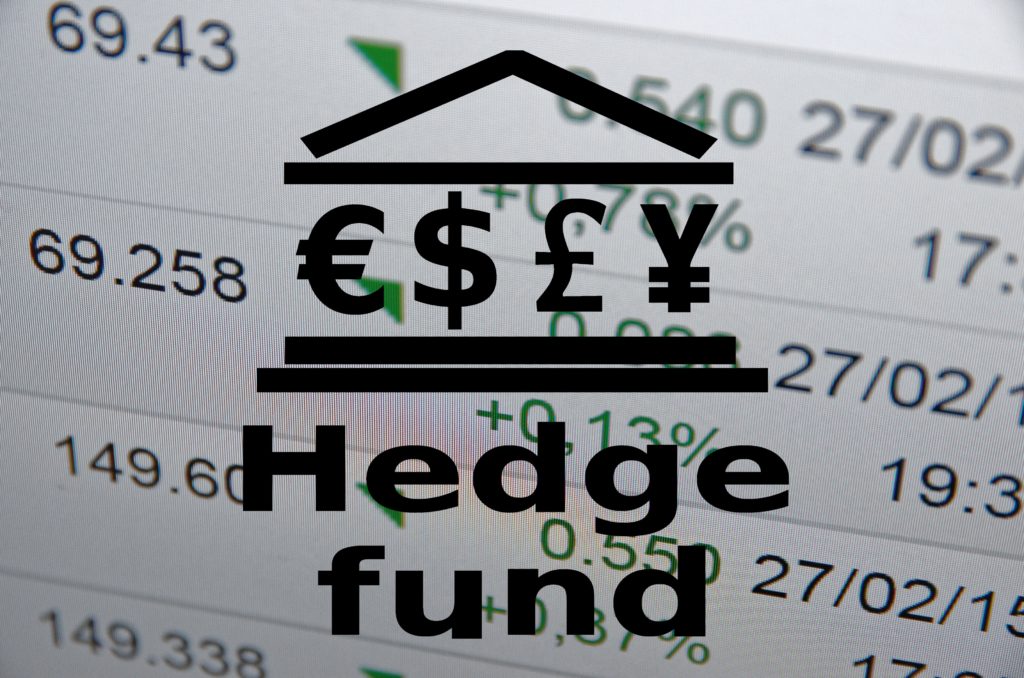Forex funds and managed accounts have become popular alternative investments. The term “Alternative Investments” is defined as investment securities trading outside traditional investments like stocks, bonds, cash, or real estate. The alternative investment industry includes:
- Hedge funds.
- Funds of hedge funds.
- Managed futures funds.
- Managed accounts.
- Other non-traditional asset classes.
Investment managers are known for delivering absolute returns, despite market conditions. Using strategy-driven and research-backed investment methods, alternative managers try to provide a comprehensive asset base and benefits such as less risk through lower volatility with the probability of improved performance. For example, currency funds and managed account managers are in the business of delivering absolute returns regardless of how the traditional markets, such as the stock market, are performing.

Forex fund manager’s performances will not be correlated to any of the conventional asset classes listed above. For example, if the US stock market is down, most US equity advisor’s performance will be down. However, the direction of the US stock market will not affect a Forex fund manager’s performance. Consequently, adding a currency fund or managed account to a portfolio of traditional investments, such as equities, stocks, bonds, or cash, is an excellent way to diversify a portfolio and potentially decrease its risk and volatility profile.



